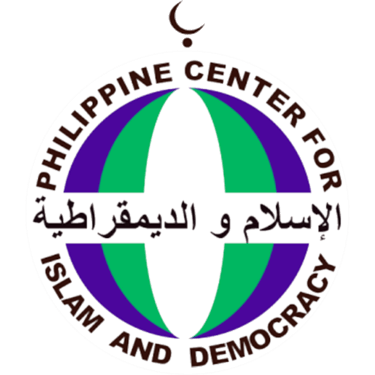NewsPCID conducts third round of Community Safety Mapping

Women representing each of the thirty five barangays in Bongao, Tawi-tawi, twenty of which coming from Noorus Salam and fifteen from the Department of Social Welfare and Development, gathered on July 16, 2016 in Mindanao State University to participate in the third installment of the workshop series Safe Tawi-tawi: Community Participatory Mapping Against Human Trafficking.
Tawi-tawi is a transit point for Filipinos trying to traverse to Malaysia. And so the workshop’s objective is to educate the locals on how to determine safe and at risk areas in the province, especially of human trafficking.
The two previous workshops had equipped them on knowledge in determining safe and at risk areas which they could pass on to the members of their communities. They were assigned two deliverables—a safety audit and mapping report which seeks to describe the physical make up of their barangay.
SUMMARY OF PROCEEDINGS
Welcome Message by Chancellor Lorenzo Reyes of MSU Tawi-tawi
The Chancellor officially welcomed the participants to the event.
Project Brief and Recap
Atty. Salma Pir Rasul, project director of the Philippine Center for Islam and Democracy, gave a recap of the workshop series to the participants.
She said that the day will be spent on presenting the maps that the participants made from the previous workshop.
She also reminded the participants to submit the safety audit and safety mapping reports they were assigned on.
Lecture on Human Rights and Women’s Rights
Atty. Raul S. Quiboyen from the Commission on Human Rights Region IX gave the participants a lecture on human rights, specifically, its definition, scope, and provisions.
The lecture was followed by an interesting discussion and exchange of ideas among the participants. Questions on parental custody, child care, violence against women and their children, and job security were raised.
Community Participatory Mapping
The participants presented the maps that they have drawn from the previous workshop. There are thirty five barangays in Tawi-tawi—Poblacion (divided into Poblacion DCC and TFLF DCC), Pag-asa (divided into Pag-asa I DCC and Pag-asa II DCC), Tubig Boh, Pasiagan (divided into Pasiagan and Panglima Annao), Simandagit (divided into Simandagit, Sama Kasulutan, and Badjao Kasulutan), Lakit-Lakit (divided into Lakit-Lakit I and Lakit-Lakit II), Tubig Tanah (Tubig Tanah I and Tubig Tanah II), Sumangat, Ipil, mandulan, Ungus-Ungus, Pahut, Pagatpat, Karundong (divided into Karundong Proper and Luuk Siabon), Tubig Mampallam, Tubig Basag, Tarawakan, Kamagong, Masantong, Pababag, Pakias, Paniongan, Nalil (divided into Nalil and Lumboy), Silubbog, and Luuk Pangdan.
They identified at-risk areas as the streets that are not well-lit, not well-paved; entrapment areas and unused land that have recessed doorways, alleys, demolished, or unfinished buildings which could be unsafe. They also considered the social usage of space as determinant if the area is safe or not.
They identified if there are people on the streets, if men are more than women and what are they doing, if there are markets or shops on the main streets and where the location of cigarette and liquor stores are. Also, they identified if there are any visible policing or if surrounding buildings provide informal surveillance.
Lecture on Community Safety Mapping
Atty. Salma Rasul gave a refresher lecture on community safety mapping. Community safety mapping, she specified, is an easy tool for locals that can serve as starting point in assessing the safety of an area and how it can be improved.
Lecture on Women’s Rights
Atty. Milagros Cristobal gave an informative lecture on the scope and jurisdiction of the Commission on Human Rights as the department that ensures protection of human rights regarding cases that involve the police or military as the perpetrator. This is followed by a vibrant discussion.
